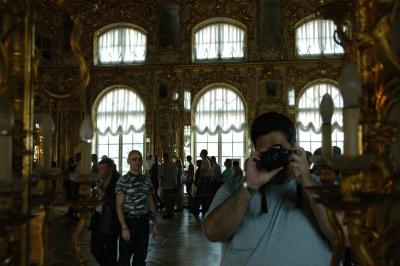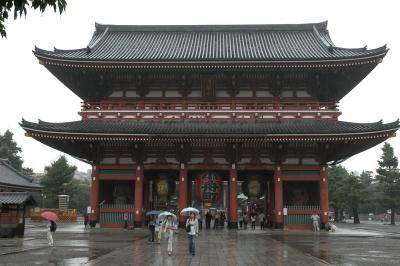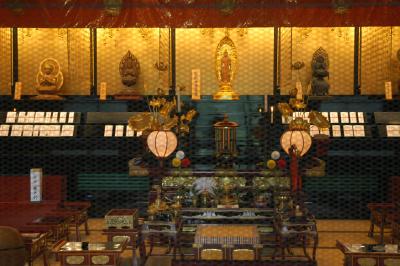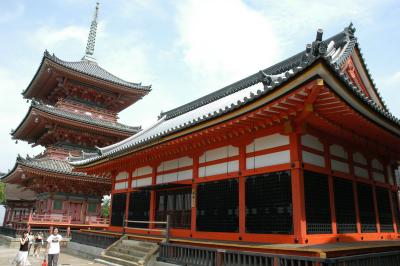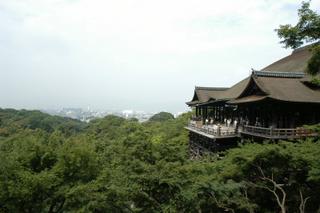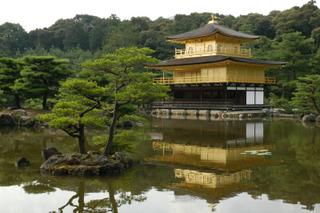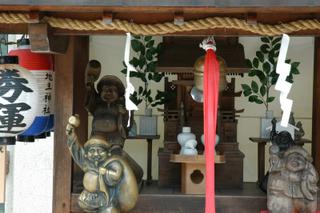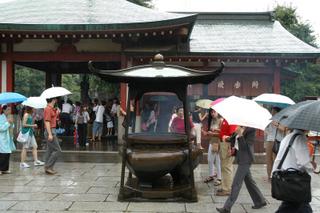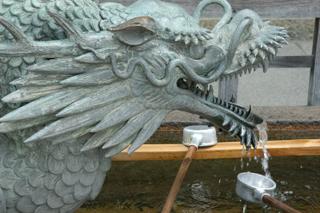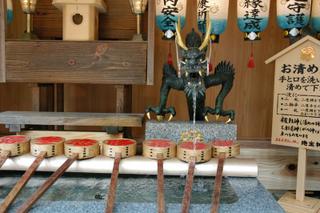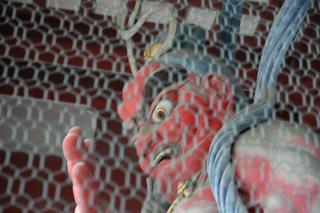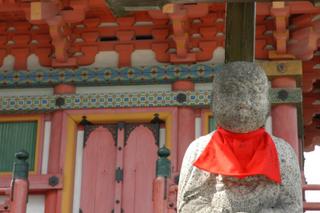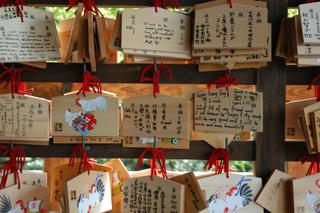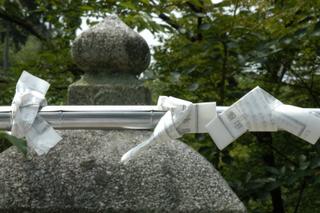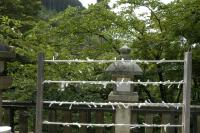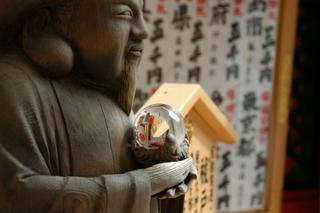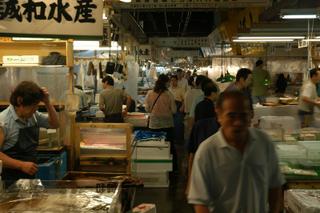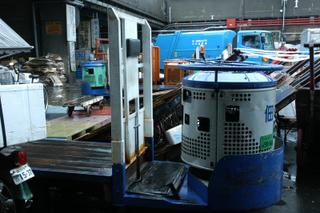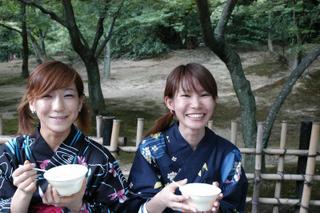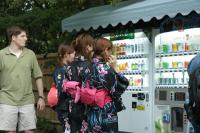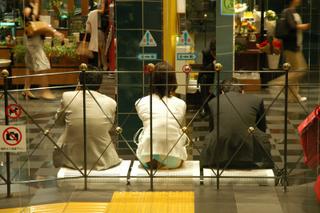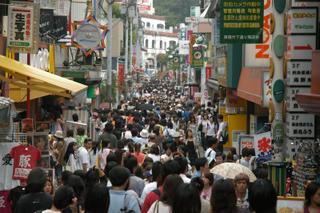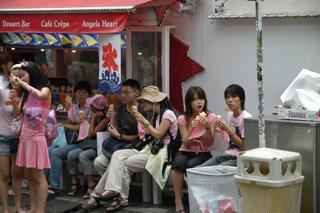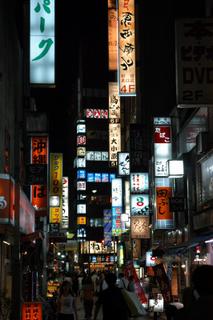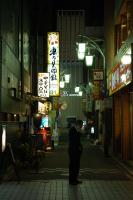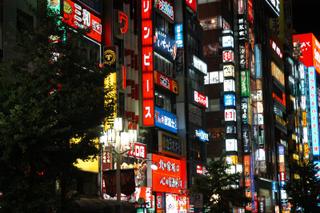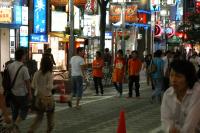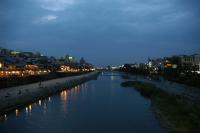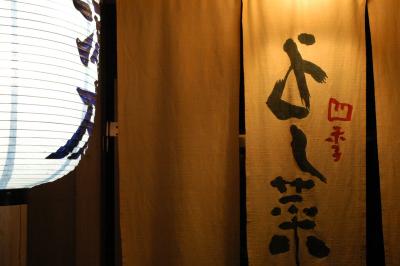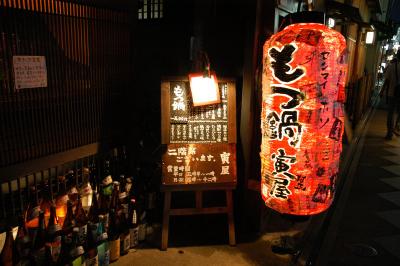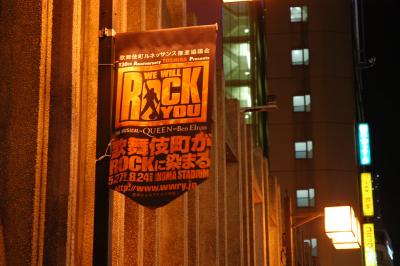The Czar's (actually the Czariza's) palace outside of Saint Petersburg is a magnificent building. It is situated on a hilltop near a small town called Pushkin after the famous Russian poet. The town was originally the King's Village where all the servants lived, but it was later renamed to honor the poet.
A few people from my team took me out to see the palace itself and the grounds around it:

We started the tour in the nearby Pushkin park where the great poet surveys all who come to visit.

The palace is huge and the grounds are enormous, including a lake, various streams, hills and other structures. The two pictures below show the front of the palace from two opposite directions.

 The other side of the building is the large courtyard seen through the gate in the picture below.
The other side of the building is the large courtyard seen through the gate in the picture below.

The grounds are very pastoral to walk through. There are gardens
 ponds
ponds
 statues
statues
 and buildings of different architectural styles, like this Chinese wedding chapel
and buildings of different architectural styles, like this Chinese wedding chapel
 and this Turkish bath.
and this Turkish bath.

To paraphrase Mel Brooks, "It's good to be the Czar."
Taking a Bath when You're the King
Attached to the palace building is a bath building. The word "bath" does not do it justice since it's two stories with multiple rooms and a second floor garden you can stroll through. When the Germans occupied the palace they turned it into an officer's club, but it has since been restored. The second floor which we were allowed to visit was the Czariza's apartment "away" from the palace.
We were not permitted to take photos inside, but here are a few from outside the structure. This chaste but naked lady stands outside the queen's apartments.



The Palace Proper
We entered the palace itself and a tour guide walked us through the different rooms that have been restored. The top floor of the palace has a long set of bowl rooms, entertainment rooms, dining rooms, etc. They are all arranged one after another, with all the doors leading from one to the other in a straight line across the palace. The doorways are gilded with gold and the passage is called the river of gold. You can see some of it in the picture below.

The rooms mostly look like this, though some of them were decorated differently. In some rooms there are photos of what they looked like at the end of WWII. It's amazing the restoration that went into them. Additionally there's the famous amber room that is covered with amber all over, but photography is not allowed in it so you'll have to go see it yourselves.

Each room also had a fireplace, all made of china with decorations all over.
 The statue I really liked was of small angel with a very wicked smile on its face and a finger raised up to its mouth almost but not quite shushing you. But that was where photography was not allowed, so here's a different one.
The statue I really liked was of small angel with a very wicked smile on its face and a finger raised up to its mouth almost but not quite shushing you. But that was where photography was not allowed, so here's a different one.
And Finally, the Director's Cut
Other than the touristy pictures above, here are the ones I really liked. Let's start with the door to the Chinese wedding pavilion. The following shows the mix of architecture that can be found in the palace grounds. The Turkish bath can be seen in the background of this roman or Greek bridge over the canal.
The following shows the mix of architecture that can be found in the palace grounds. The Turkish bath can be seen in the background of this roman or Greek bridge over the canal.

The water was standing still on the day we were there.

The lion's brow.

The queen's rooms above the bath had this beautifully carved ceiling.

Geometric shapes in the gardens near the palace. Barring an aerial shot, this is the best angle I could get.

Draped windows at the palace.

Inconclusive Proof
Too many people suggested that there was no way to know I was in Japan based on my previous posting. So here's a picture to prove I was really in Russia. And I didn't just photoshop myself in. Really. I swear.
